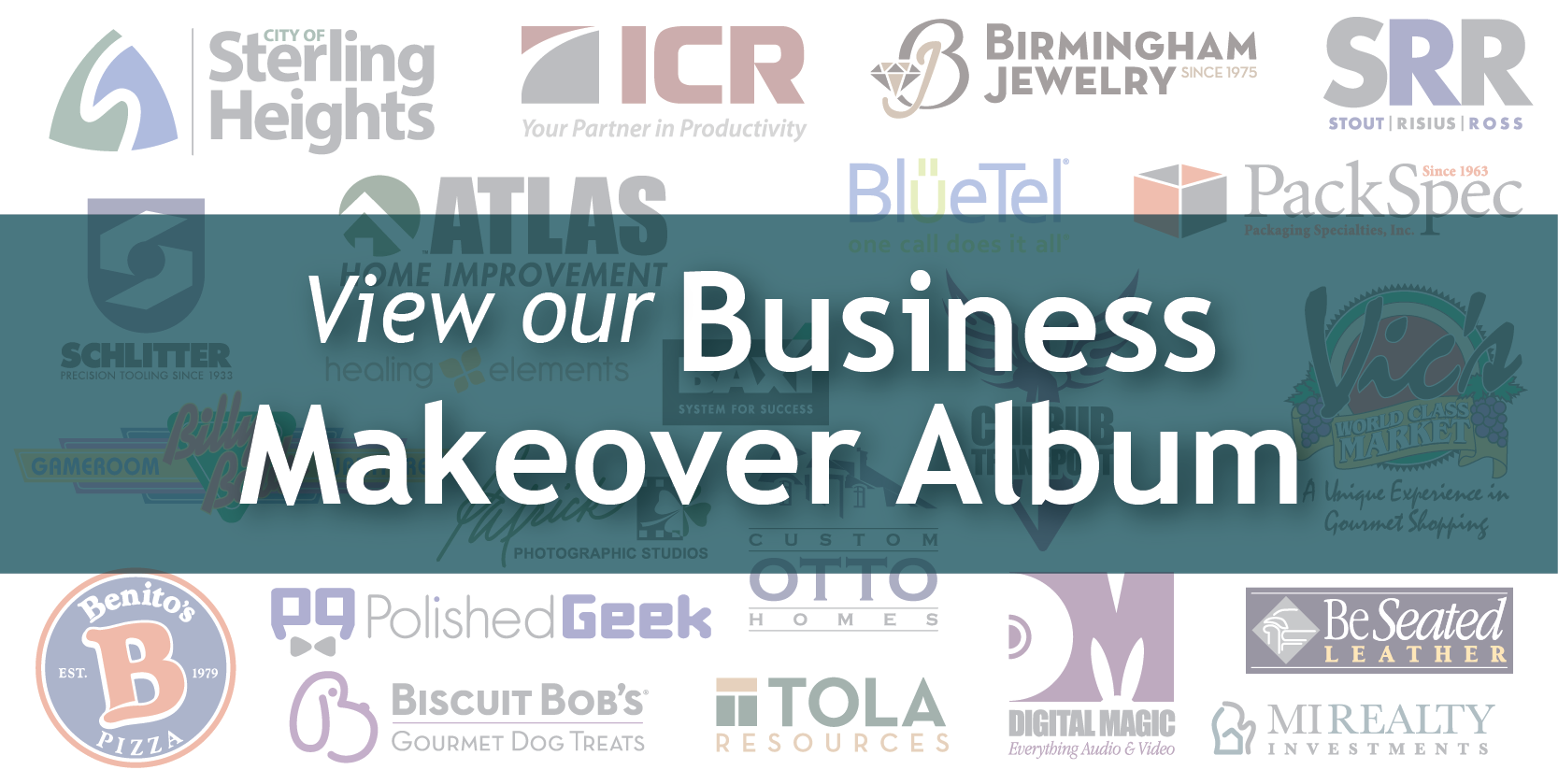WATCH as Bill Kleist discusses the five major mistakes in logo design and pitfalls designers make in brand identity design. If you’re considering a rebranding I want to help you avoid ending up with a logo that suffers one of these five major branding pitfalls that designers make when creating a company logo.
People have asked me, “Isn’t a good logo design a matter of opinion?” Absolutely not. – Bill Kleist
Logo design— or better, brand identity design— will involve a process. That process builds on a solid understanding of your company, and what you do, and what makes you unique.
Logo design is not a platform for a designer to be merely self-expressive. Brand identity design needs to follow proven principles of balance, contrast, form, and function. A successful logo design will be created with a clear purpose in mind. The following are the five major mistakes in logo design. Be aware of the pitfalls that designers or do-it-yourselfers fall into the most when creating a company’s logo.
The underlying principles behind these pitfalls have held true for decades.
Logo Design Pitfall #1: Trying to say or do too much with the logo

The James River Logistics logo encounters the first Logo Design Pitfall of trying to say or do too much with the logo.
Too many ideas or elements will kill a design and create confusion. Keep it simple, and clean, and memorable. Here, form conflicts with function, and the message is lost entirely. The temptation is to “tell the whole company story,” but don’t. You don’t want a logo design that creates confusion.
Logo Design Pitfall #2: Being Overly Simple
You want the logo to be simple and clean, yet, it needs to be distinctive and memorable. Simple is powerful but too simple is meaningless.
If you’re not a deep-pocketed company like Microsoft or Apple, you can’t just afford to pull a font off the shelf. Over-simplified logo designs can look like a graphic designer added a random symbol, and called it a day. A simple font or shape with a unique nuance applied to it transforms a logo into something sophisticated and iconic. Your brand deserves to be distinctive and remembered.
Logo Design Pitfall #3: Too Much Detail

Imagine an embroidered shirt with Innovative Logistics Group logo. It’s one reason why you want to avoid the third Logo Design Pitfall of having too much detail.
Super thin lines or complicated elements and fine details will kill a logo design and render it ineffective. Your logo needs to be effective. An effective logo will replicate in a single color and render well in a variety of media, and look the same everywhere.
Overdoing it is a frequently made mistake in logo design. Inexperienced designers often use complicated or continuous tones, gradients, super thin lines, or illustrative elements. These details will make it impossible to replicate your logo consistently in every media.
Effective also means it’s scalable so it can be impeccably reproduced as big as a billboard or as small as a flash drive.
A logo design may look cool online, but be impossible to embroider on your company shirts, or cut out of vinyl for your entry doors. Make this mistake and you’re looking at headaches for years to come, and an inconsistent brand identity will be your sure result.
Logo Design Pitfall #4: Using clipart, templates, or stock images

Tony’s Upscale Cafe logo suffers the fourth Logo Design Pitfall of using clipart, templates, or stock images.
When designers use Clipart-style designs, I promise you will meet up someday with somebody who recognizes your “cool icon” from the Microsoft image gallery.
Great branding requires that your logo be unique and one-of-a-kind. To be remembered when people are ready to buy, your company’s unique value and needs to stand out in the marketplace.
You are proud of your business, so show your pride by putting a unique face on your company, not somebody else’s.
The two goals of branding are to build credibility and be remembered. The stock-illustration shortcut drastically takes a serious blow to both. Don’t let the face of your business be forgettable with this common pitfall in logo design.
Logo Design Pitfall #5: Committing the Capital Offense

The Center for Success logo commits the capital offense: using an icon or symbol in the first initial of the company’s name.
You see this one all over the place. This is when the icon or symbol is used as the first initial of the company’s name. This is called the “Capital Offense” for a reason— it’s trite, unoriginal, unprofessional, and overly used.
A logo signature is built with a symbol next to the name and maybe a descriptor underneath. When you use the first letter of the name and make it the symbol, you may struggle to read it. (That would be elevating form over function.) Or, you might read it wrong, like “Ruth” instead of “Truth,” as shown here.

Is it Ruth or Truth? The fifth Logo Design Pitfall of the capital offense can be found everywhere, hindering the memorability and growth of the brand.
Keep your company symbol separate from your business name. If you want to integrate your symbol into your business name, then you want to carefully create a wordmark style logo. You can see some examples that do this well, without committing a major logo design mistake: the Capital Offense.
Save Your Company from These Logo Design Mistakes
Large companies spend a lot of money on the design of their logo, and there is a reason for it. They know good design matters. Now, more than ever, we live in an age— in a visual society— where the surface is judged in a blink of an eye.
When you’re looking for a creative partner be sure to check out their portfolio and their process for creating a brand identity for a company. If you employ these principles when designing your next company logo they will definitely prove to be transformative.
A company logo is the face of your business— it’s your brand’s identity. It will be around for years to come, so it’s worth investing in. It’s the part of your business that creates the first impression to your prospects and your clients, and we all know that first impressions are lasting impressions.






